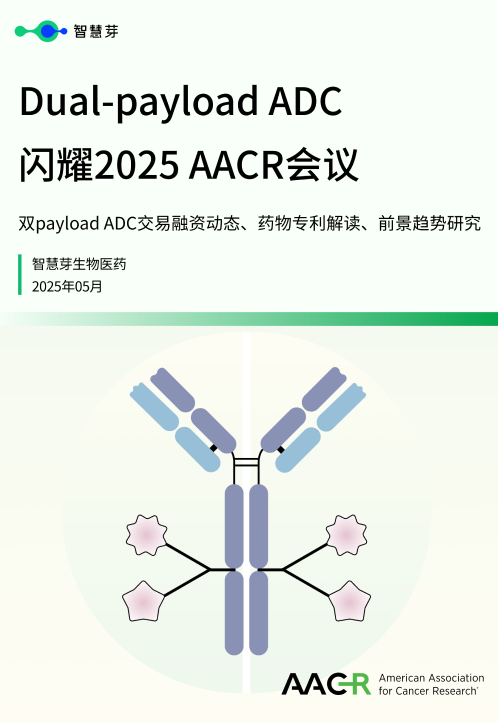预约演示
New tool enables target discovery for new class of diseases not yet mechanically understood
2023-09-26
Insilico, a clinical-stage generative artificial intelligence (AI)-drive drug discovery company, says recent research demonstrates that protein phase separation (PPS) is widely present in cells and drives a range of important biological functions. PPS at the wrong place or time, it says, could create clogs or aggregates of molecules linked to neurodegenerative diseases, and poorly formed cellular condensates could contribute to cancers and may explain the ageing process.
An emerging link between human disease and the PPS process has led scientists to look for ways to identify potential targets for therapeutic interventions based on PPS regulation.
The university and Insilico have jointly published a paper in Proceedings of the National Academy of Sciences (PNAS), presenting an approach to identify therapeutic targets for human diseases associated with PPS. It recognizes a significant research milestone in their collaboration launched in September 2021, they say.
Protein separation prediction
In this study, researchers combined Insilico's proprietary artificial intelligence (AI)-driven target identification engine PandaOmics with the FuzDrop method for predicting protein separation to identify PPS-prone disease-associated proteins. PandaOmics integrates multiple omics and text-based AI bioinformatics models to assess the potential of proteins as therapeutic targets.
The FuzDrop is a pioneering tool introduced by Michele Vendruscolo’s group at the University of Cambridge, which calculates the propensity of a protein to undergo spontaneous phase separation, aiding in the identification of proteins prone to forming liquid-liquid phase-separated condensates.
googletag.cmd.push(function () {
googletag.display('text-ad1');
});
“It has been challenging so far to understand the role of protein phase separation in cellular functions,” said Vendruscolo, co-director, Centre for Misfolding Diseases, Yusuf Hamied department of chemistry, University of Cambridge and lead author on the paper.
“Even more difficult has been to clarify the exact nature of its association with human disease. By working with Insilico Medicine, we have developed a multi-omic approach to systematically address this problem and identify a variety of possible targets for therapeutic intervention. We have thus provided a roadmap for researchers to navigate this complex terrain.”
"The method described in the paper enables target discovery for a new class of diseases that have not been fully mechanistically understood yet. Until now, it has been challenging to identify actionable targets for drug discovery companies in this space -- this provides a new tool for finding them."
Large scale multi-omic study
Using this approach, the researchers conducted a large-scale multi-omic study of human sample data, quantified the relative impact of PPS in regulating various pathological processes associated with human disease, prioritized candidates with high PandaOmics and FuzDrop scores, and generated a list of possible therapeutic targets for human diseases linked with PPS.
Researchers validated the differential phase separation behaviors of three predicted Alzheimer’s disease targets (MARCKS, CAMKK2 and p62) in two cell models of Alzheimer’s disease, which provides experimental validation for the involvement of these predicted targets in Alzheimer's disease and support their potential as therapeutic targets. By modulating the formation and behavior of these condensates, it may be possible to develop novel interventions to mitigate the pathological processes associated with Alzheimer's disease.
“We are pleased to reach this milestone in our collaboration with the University of Cambridge,” said Frank Pun, head of Insilico Medicine Hong Kong, and co-author of the paper.
“The study is intended to provide initial directions for targeting PPS-prone disease-associated proteins. With ongoing technical advancements in studying the PPS process, coupled with growing data about its roles in both cellular function and dysfunction, it is now possible to comprehend the causal relationship between PPS targets and diseases. We anticipate facilitating the translation of this preclinical research into novel therapeutic interventions in the near future.”
更多内容,请访问原始网站
文中所述内容并不反映新药情报库及其所属公司任何意见及观点,如有版权侵扰或错误之处,请及时联系我们,我们会在24小时内配合处理。
药物
-Eureka LS:
全新生物医药AI Agent 覆盖科研全链路,让突破性发现快人一步
立即开始免费试用!
智慧芽新药情报库是智慧芽专为生命科学人士构建的基于AI的创新药情报平台,助您全方位提升您的研发与决策效率。
立即开始数据试用!
智慧芽新药库数据也通过智慧芽数据服务平台,以API或者数据包形式对外开放,助您更加充分利用智慧芽新药情报信息。





